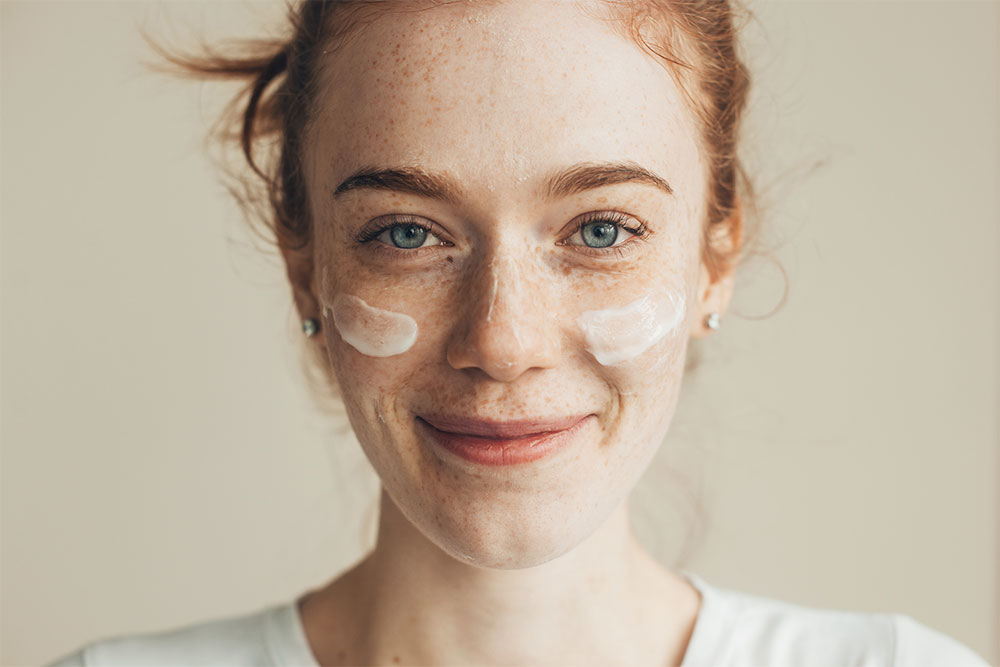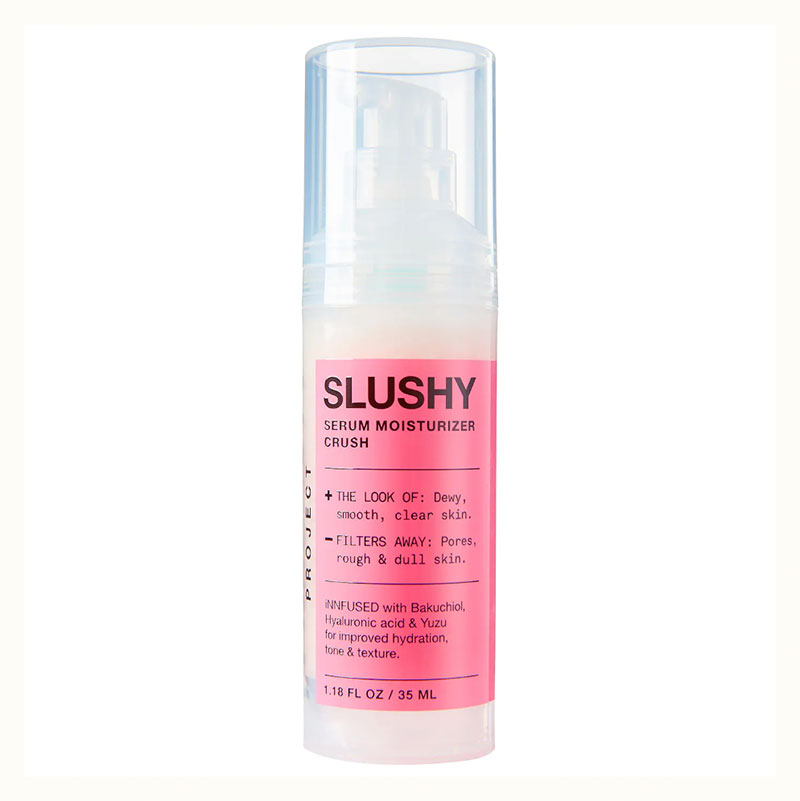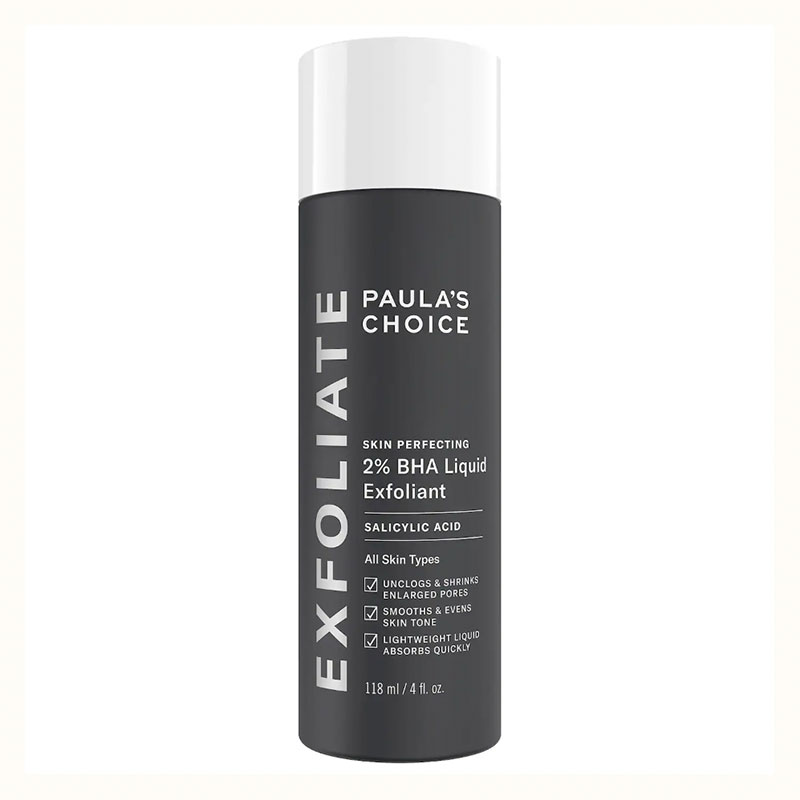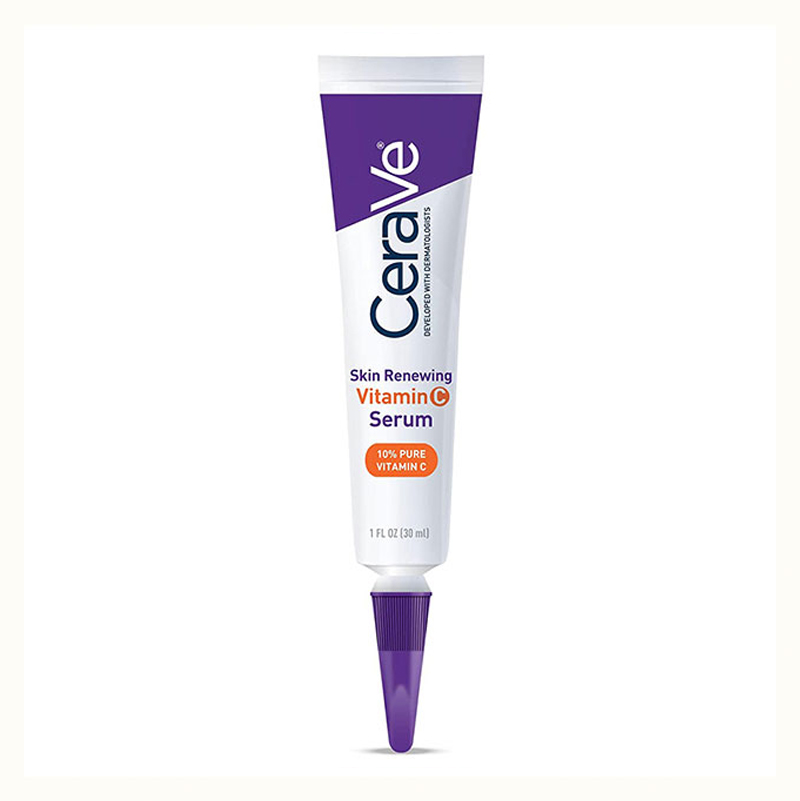A Complete Guide to a Pregnancy-Safe Beauty Routine

Experts weigh in on what ingredients and treatments have the all-clear—and what should be avoided.
Medical Experts: Ari Hoschander, MD, FACS; Kim Nichols, MD, FAAD; Marcus Jurema, MD, FACOG
As soon as you find out you are expecting, your whole world changes. Beyond preparing for birth and parenthood, you’ll also be given a new list of guidelines to follow to keep yourself and your growing baby healthy. There are universally well-known recommendations, like avoiding alcohol, and the more contested ones, such as the amount of caffeine consumption that’s safe. And that same keen eye should be turned to your beauty routine.
Though you may be surprised to learn that you’ll need to take a hiatus from your daily serum or monthly hair treatment for the duration of your pregnancy (and some while you are breastfeeding as well), the concern makes sense: the ingredients that are absorbed into your body are also absorbed into the baby’s body. And what may be beneficial for you as an adult can have negative consequences for a developing fetus.
Rest assured, most over-the-counter products are generally regarded as safe, but for more specifics, we tapped the experts to tell us what products and treatments are best to avoid while pregnant.
The Top Skincare Ingredients to Avoid During Pregnancy
Retinoids
Retinol is the dermatologist-loved, gold standard in anti-aging. The ingredient is found in varying percentages in a range of products from serums to body lotions, and many adults start using it preventatively in their 20s. It is also an ingredient that many doctors agree is best avoided during pregnancy and breastfeeding. “Retinol contributes to high levels of vitamin A in the body,” says Kim Nichols, MD, a dermatologist in Greenwich, Connecticut. “Although vitamin A is crucial to the development of a fetus, too much can lead to birth defects,” she explains.
Thankfully, there is an alternative: bakuchiol, a plant-based antioxidant that’s considered a natural alternative to retinol with similar benefits in a gentler format. Unlike its stronger cousin, bakuchiol is an antioxidant and not derived from vitamin A. “Bakuchiol is extracted from the babchi plant, and has recently grown in popularity as a pregnancy-safe alternative for retinol,” Dr. Nichols says. “Although it may not be as potent as retinol, it can still be used as an effective addition to your pregnancy-safe skincare regimen. I would prescribe it in conjunction with other pregnancy-safe skincare containing azelaic acid or vitamin C,” she explains.
We like InnBeauty Project Slushy Serum Moisturizer, $22, which contains bakuchiol and hyaluronic acid, and is also approved for use during pregnancy.
High Dose Salicylic Acid
Salicylic acid is a beta hydroxy acid commonly used to treat acne because it penetrates pores to unclog trapped dead skin cells and excess oil. Like many active ingredients, using salicylic acid during pregnancy may come with risks. The good news is there are many formulas offered today that, when used sparingly, can still combat hormonal acne and hyperpigmentation throughout pregnancy, Dr. Nichols says. She recommends a concentration of no more than 2% salicylic acid. Over-the-counter topical salicylic acid use during pregnancy is also supported by the American College of Obstetricians and Gynecologists (ACOG).
We like Paula’s Choice Skin Perfecting 2% BHA Liquid Exfoliant. $34
Hydroquinone
Hydroquinone is a skin lightener often used in the treatment of hyperpigmentation or dark spots. Studies on the use of hydroquinone during pregnancy are continuously ongoing. “At this time, it is unknown whether the use of hydroquinone will adversely affect a fetus, but because it treats hyperpigmentation caused by hormones, it is best to err on the side of caution and avoid it overall during pregnancy,” says Dr. Nichols.
While the results are generally better with hydroquinone, vitamin C is a pregnancy-safe skin brightener that can help with tone and texture, often without as many side effects. It also is safe for all skin tones and types to use.
We like Cerave Skin Renewing Vitamin C Serum. $27
The Top Non-Surgical Treatments to Avoid During Pregnancy
Injectables
You may have had an injectables schedule prior to getting pregnant, or you may look in the mirror after giving birth and have an acute awareness of wrinkles and hollows that seemed to appear as quickly as your baby bump. While neuromodulators, like BOTOX and DAXXIFY, or filler, are effective solutions to those concerns, none are safe to use while pregnant.
“If you were to receive BOTOX and found out you were pregnant at the time, the chances of BOTOX or filler causing any issues with the pregnancy and the fetus are minimal,” says Ari Hoschander, MD, a board-certified plastic surgeon in New York. “However, I would never inject neuromodulators or filler into someone that knows they are pregnant. Any clinical study to test this would be unethical, which is why there is little information on the risks.”
We can’t always plan for life’s surprises, you may have been unaware you were pregnant at the time you got injected and are now concerned about the risks. First off, take a deep breath—neuromodulators have little bioavailability in the bloodstream so it is unlikely to cause a problem. However, if you are trying to conceive, it may be worth stopping any injectables about three months prior to be on the safe side. You can also speak to your plastic surgeon or dermatologist to talk through the best course of action with your conception plans.
The safety of postpartum injectable use depends on whether or not you breastfeed. “It is recommended to avoid neuromodulators while breastfeeding because it is not known if the toxins can spread to the child through breast milk. Hyaluronic acid fillers, on the other hand, are considered safe to receive while breastfeeding,” Dr. Hoschander explains.
Microcurrent or High-Frequency Treatments
Outside the realm of injectables, a treatment not commonly mentioned is the use of microcurrent or high-frequency, says Dr. Nichols. Microcurrent devices often used at home or during facials, deliver an electrical current to the muscles and skin that claims to lift and tighten the overall appearance of the face. High frequency also uses a current to treat different skin conditions, often found at an esthetician’s or dermatologist’s office. “Patients experience a hormonal imbalance within their skin, resulting in a higher sensitivity to their routine treatments. It’s best to avoid any sort of energy-based devices during pregnancy to reduce the risk of irritation and harm to the fetus,” Dr. Nichols explains. Dr. Hoschander also recommends his pregnant patients stay away from skin care lasers and energy-based treatments.
The Top Hair Care Ingredients to Avoid During Pregnancy
Hair Dye
For a long time, it was believed that all hair dye was completely off-limits during pregnancy. But improvements in at-home and in-salon formulations have changed this. “With new formulations, dying your hair during pregnancy isn’t completely out of the question,” says Dr. Nichols. The ACOG classifies hair dyes as probably safe in pregnancy because very little dye is absorbed through the hair and scalp.
“The risk of hair color during pregnancy is related to which chemical is being used, how often it is used, and how likely is the body to absorb it and allow these chemicals to cross the placenta and ultimately affect the health of the baby,” explains Marcus Jurema, MD, board-certified reproductive endocrinologist, obstetrician and gynecologist with Reproductive Medicine Associates of New Jersey.
“Following this rationale, highlights could be judged riskier than single-process coloring. Highlights need a longer and deeper exposure of the hair follicles and scalp to the dying chemicals,” he says. Traditional foils are used to increase the heat and absorption of the dye by the hair follicles and are generally applied right at the root. Balayage on the other hand has the dye applied away from the root. “Therefore, there is a higher theoretical risk that the chemicals in the hair dye would be absorbed by the scalp and increase the risk of dye circulating in the bloodstream using traditional foils,” says Dr. Jurema.
Hair coloring products manufactured in the United States are regulated by the FDA and do not have heavy metals known to be toxic such as lead, cadmium, nickel, arsenic, or mercury. It’s also important to note that there are no guidelines for pregnancy to absolutely exclude one hair treatment over another. For those wanting to be extremely cautious, Dr. Jurema suggests waiting until the second trimester when the fetus is less vulnerable, and also dyeing your hair as little as possible while pregnant or breastfeeding.
Hair Growth Topical Treatments
Minoxidil is one of the most common hair growth treatments because it’s highly effective in stimulating new growth. However, if you were using it before getting pregnant, it’s best to stop throughout your pregnancy, suggests Dr. Nichols. As for breastfeeding, minoxidil is on the list from the American Academy of Pediatrics with no reported symptoms in infants or effects on lactation. Still, it may be best to wait a few additional months when you have a newborn or preemie baby.
Since it’s unethical to test beauty products and treatments on pregnant people, it’s hard to definitively know the real risks of any skin or hair care regimen, so it’s always best to err on the side of caution and consult your OB-GYN before using any treatment. Remember, many of your favorite products have alternatives that have been proven safe to use during pregnancy, such as bakuchiol instead of retinol, so there’s no need to eliminate your routines completely. And don’t worry, the more intense solutions you love will still be available to you once you’re through with pregnancy and breastfeeding. In the meantime, you’ll have that pregnancy and new mom happy glow to carry you through.
Please note that some products listed are linked to affiliate websites and we may collect a small commission on your purchase.










